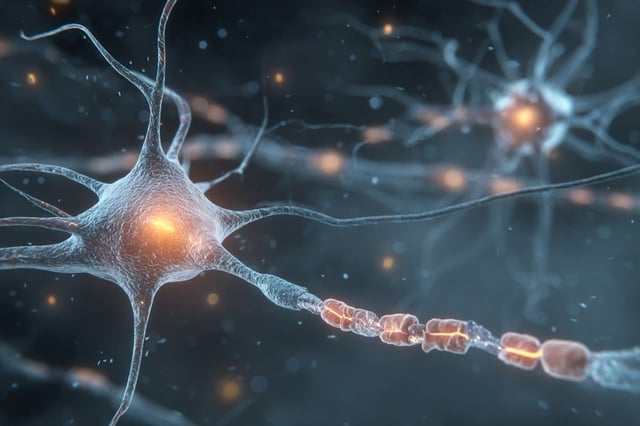Overview
- Researchers profiled gene activity in SOD1-linked ALS models and found that oculomotor neurons maintain high baseline levels of En1, Pvalb, Cd63, and Gal, which likely underlie their resilience.
- Vulnerable motor neurons activated both detrimental pathways and attempted protective and regenerative programs such as Atf3 and Sprr1a, yet these responses did not prevent degeneration.
- Machine learning highlighted VGF, INA, and PENK as strong disease indicators across SOD1 mutations and species, nominating them as potential biomarkers for diagnosis and prognosis.
- The team used LCM-seq and single-molecule FISH across distinct motor-neuron populations, performed meta-analyses of multiple rodent datasets, and predicted disease in human stem cell–derived SOD1E100G motor neurons.
- The peer-reviewed study, led by Stockholm University with collaborators at the Paris Brain Institute and Örebro University, outlines preclinical therapeutic avenues focused on boosting protective programs and curbing harmful responses, with human validation studies planned.
